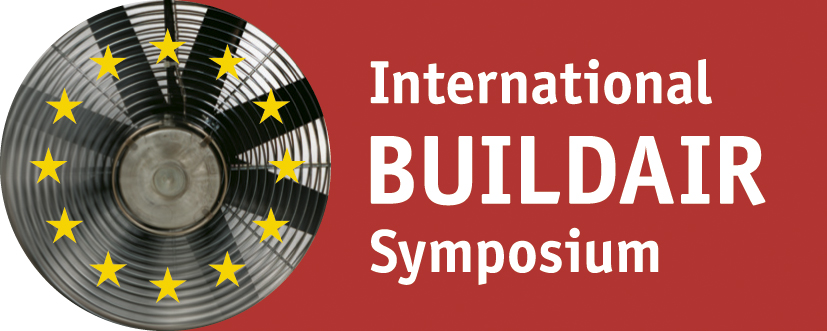Air tightness of the building envelope contains important initial data for hygrothermal design and energy calculation. This study presents and analyses field measurements of air tightness of randomly selected Estonian apartment buildings (in total 136 apartments). Buildings were selected with different external walls: lightweight frame, concrete large-elements, monolithic concrete, lightweight large elements, brick, and small building blocks (AAC, LECA, concrete) external walls. In the measured apartments, the mean air leakage at the pressure difference of 50 Pa in the entire database was 3,8 m3/(hm2), the minimum being 0.3 and the maximum 15 m3/(hm2). The mean air change rate at the pressure difference of 50 Pa from all the databases was 5.2 1/h, the minimum being 0.4 1/h and the maximum 24 1/h. For the energy calculations the reference value of air tightness for apartment buildings was 4.4 m3/(hm2) and 6.0 1/h. The limit for the air leakage rate of the building envelope that is set in the building standard (3,0 m3/(hm2)) was fulfilled only in 48% of cases. Large variation of air tightness in newly built buildings with similar structural solution shows the importance of work quality. There is larger air pressure difference over the building envelope in more airtight buildings. Also the influence of performance of ventilation on the pressure conditions is larger in airtight buildings. In airtight buildings special attention should be paid to the correct performance of ventilation.
Air tightness of apartment buildings in Estonia

Year:
2009
Bibliographic info:
4th International Symposium on Building and Ductwork Air Tightness - BUILDAIR (former European Blower Door Symposium), 1-2 October 2009, Berlin, Germany




